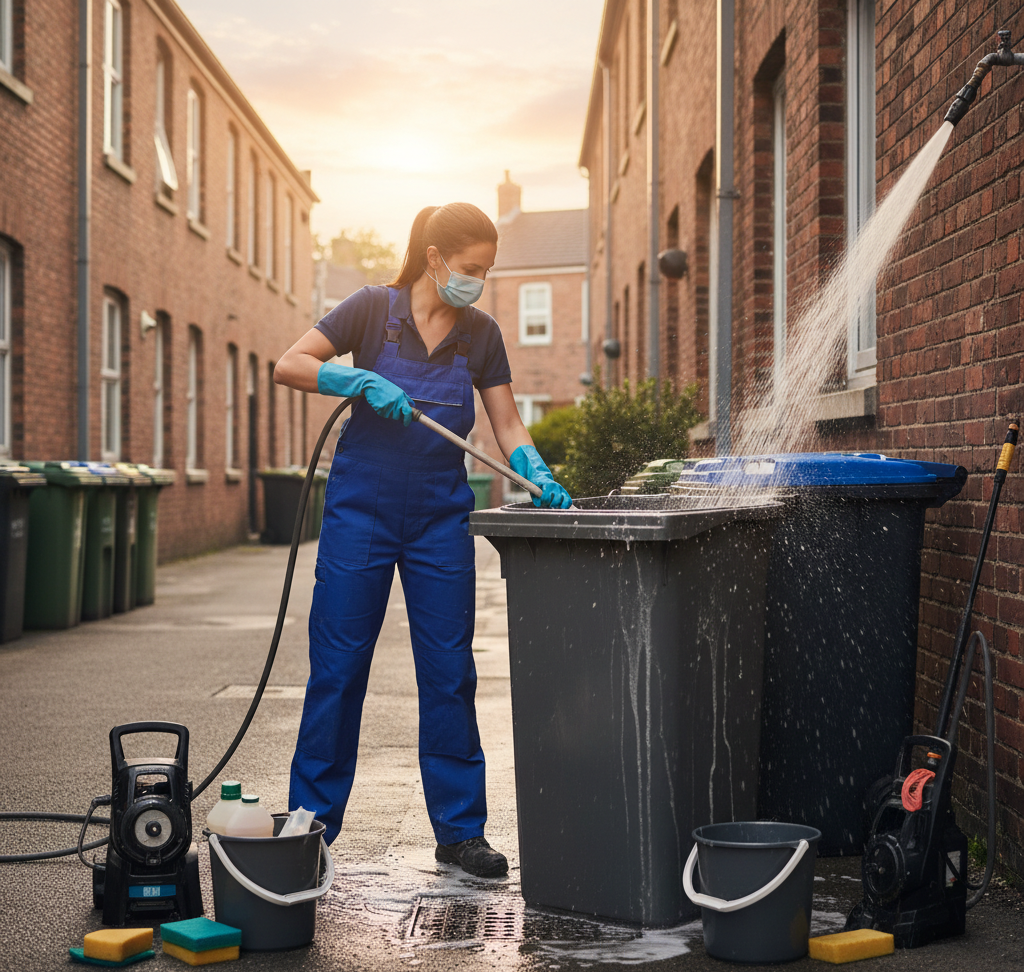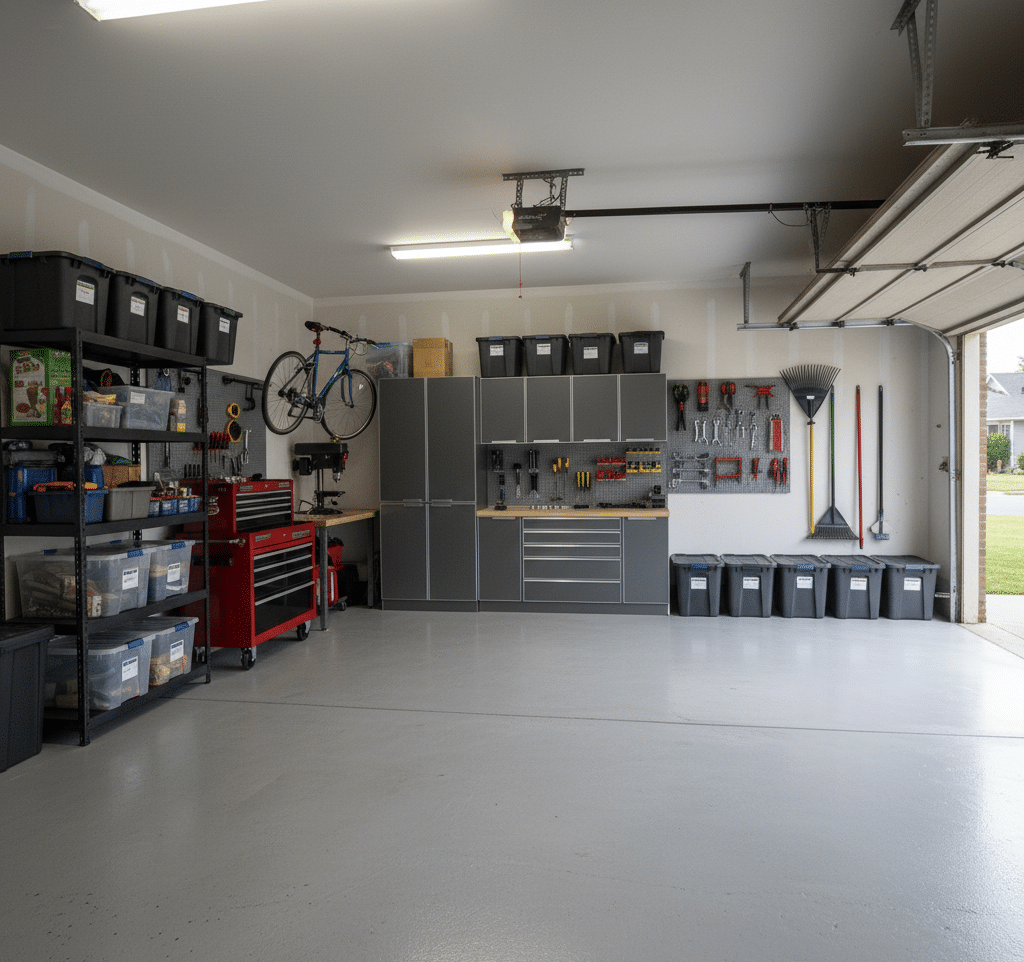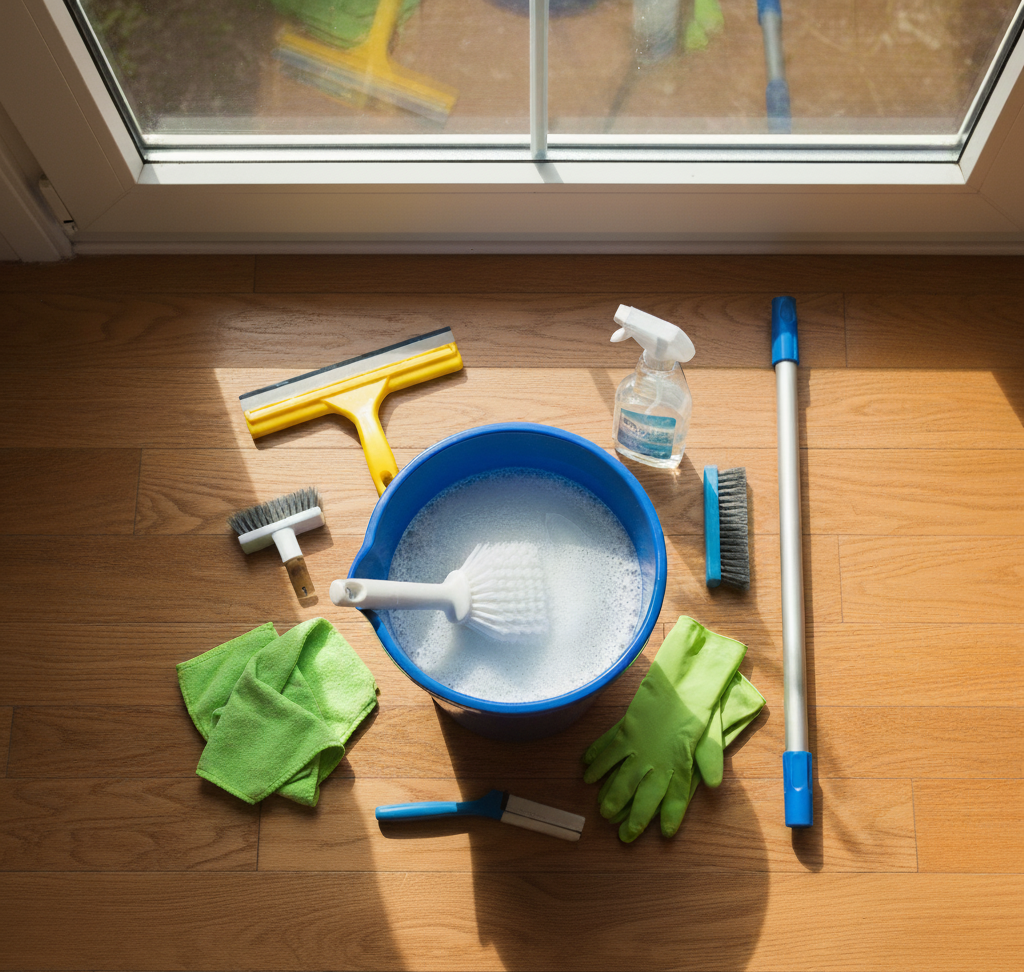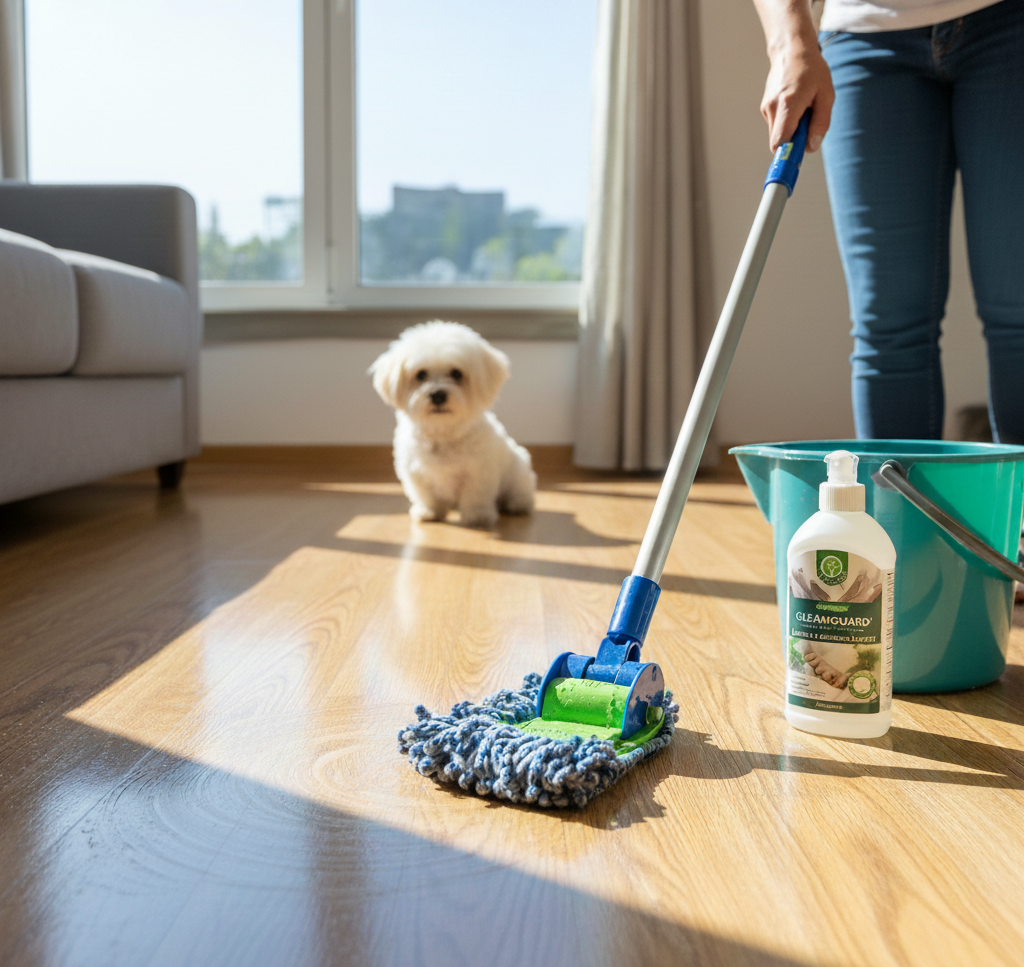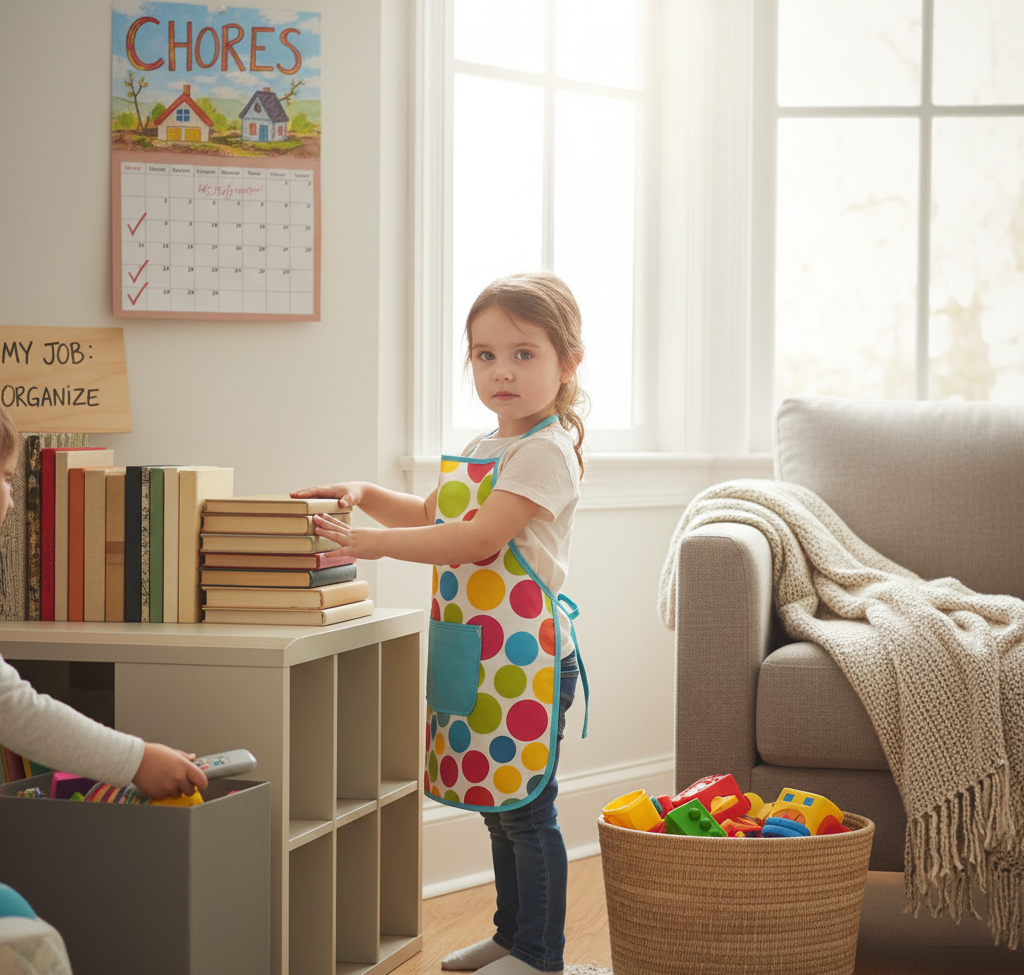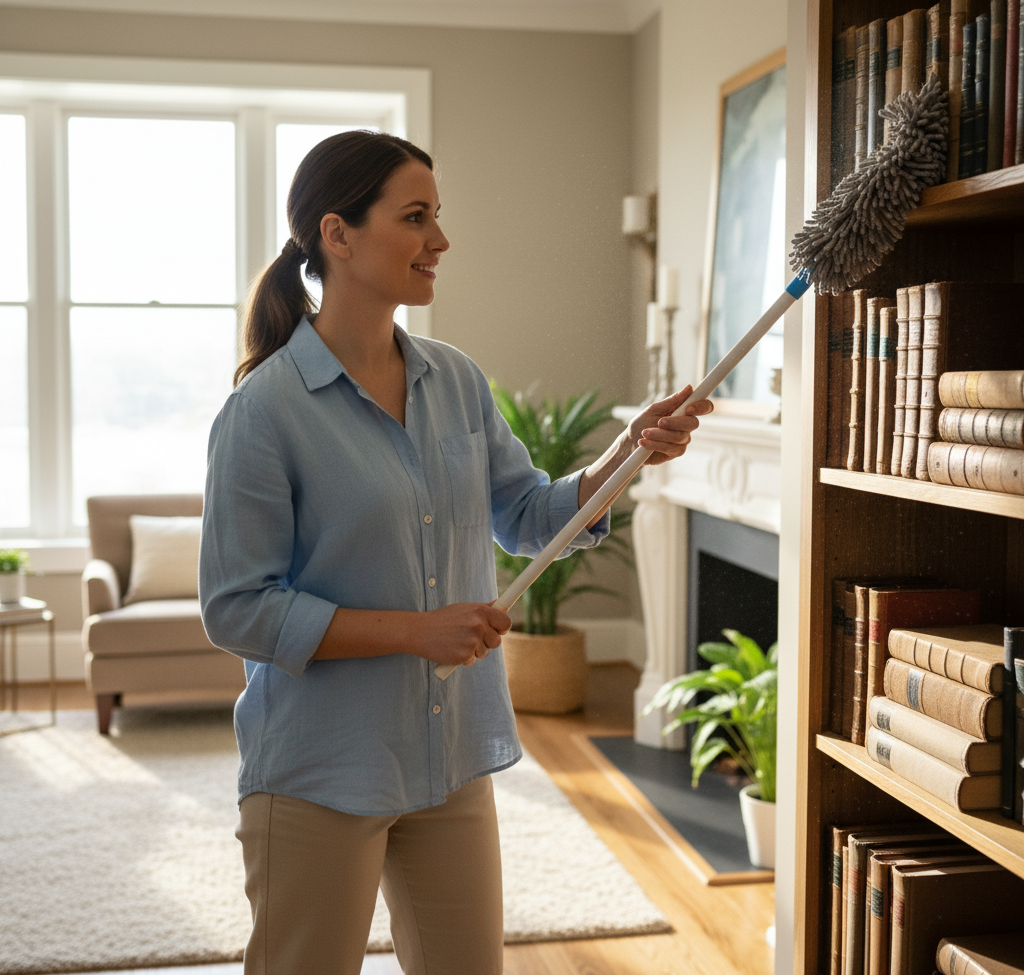4 Incredible Tips On How To Use Non-toxic Cleaning Products
The promise of a clean home is often sold in the form of brightly colored liquids in spray bottles, promising to disinfect, degrease, and deodorize with unparalleled power. We associate the sharp, chemical scent of these products with the very idea of cleanliness. Yet, there is a fundamental paradox in this approach: we often use harsh, potentially hazardous chemicals in an effort to make our living spaces healthier. The truth is, a truly clean home is not one that has been sterilized with a barrage of synthetic compounds, but one that is free of both dirt and harmful residues. Transitioning to non-toxic cleaning products is not about sacrificing effectiveness for the sake of “green” ideals. It is about returning to a simpler, smarter, and safer way of cleaning. It is about understanding that the most powerful cleaning agents are often the most basic ones, the ones that have been used for generations, long before the advent of the modern chemical industry. These are the products that clean our homes without compromising the air we breathe, the surfaces our children and pets touch, or the environment beyond our walls. 1.Non-Toxic Approach The argument against conventional cleaning products is threefold, touching on our health, the environment, and our wallets. Many commercial cleaners release Volatile Organic Compounds (VOCs) into the air. When you spray an all-purpose cleaner or a glass cleaner, these compounds become airborne and can be inhaled. VOCs have been linked to a range of health issues, from headaches and dizziness to respiratory problems and long-term organ damage. The ubiquitous “fragrance” listed on many labels is often a proprietary blend of dozens of chemicals, including phthalates, which are known endocrine disruptors. For those with asthma, allergies, or chemical sensitivities, these products can be immediate triggers for adverse reactions. From an environmental perspective, the journey of these chemicals does not end when you wipe them off your counter. They are washed down the drain and enter our waterways. Ingredients like phosphates can contribute to algal blooms that disrupt aquatic ecosystems, and many other synthetic compounds are not readily biodegradable, persisting in the environment for years. At the end, there is the economic argument. A walk down the cleaning aisle reveals a hyper-specialized market: a cleaner for glass, one for countertops, another for the floor, a separate one for the bathroom, and a special degreaser for the stove. This is a marketing triumph, not a cleaning necessity. A handful of basic, non-toxic ingredients can perform all of these tasks, and more, for a fraction of the cost. 2.Non-Toxic Cleaning Toolkit Building a powerful, non-toxic cleaning arsenal is surprisingly simple and inexpensive. The following ingredients form the foundation of nearly every cleaning task in the home. Distilled White Vinegar: How it Works: Vinegar is a mild acid (acetic acid), which makes it a powerhouse for dissolving mineral deposits (like hard water stains and limescale), cutting through grease, and acting as a natural disinfectant and deodorizer. Its acidic nature disrupts the cell structure of many types of bacteria and mold. Best Uses: All-purpose surface cleaner, glass and mirror cleaner, floor cleaner, descaling coffee pots and showerheads, fabric softener substitute, and drain deodorizer. How to Use: For an all-purpose cleaner, mix a solution of 50% white vinegar and 50% water in a spray bottle. For glass, the same solution works perfectly. Caution: Never use vinegar on natural stone surfaces like marble, granite, or travertine. Its acidic properties will etch and dull the finish. Also, avoid using it on waxed surfaces or cast iron. Baking Soda How it Works: Baking soda is a mild alkali and a gentle abrasive. It is excellent at absorbing and neutralizing odors, rather than just masking them. Its fine, crystalline structure makes it perfect for scrubbing away grime without scratching most surfaces. When combined with an acid like vinegar, it creates a fizzy reaction that can help dislodge clogs and lift stubborn dirt. Best Uses: Scouring sinks, tubs, and toilets; deodorizing refrigerators, carpets, and drains; making a soft-scrubbing paste for stovetops and tile grout; boosting laundry detergent. How to Use: Sprinkle it directly onto a damp surface and scrub, or create a paste by mixing it with a small amount of water or dish soap. Caution: While it is very gentle, be cautious when using it as a paste on delicate, high-gloss finishes, and test in an inconspicuous area first. Hydrogen Peroxide How it Works: Hydrogen peroxide is a powerful disinfectant and a natural bleaching agent that breaks down into just oxygen and water, making it incredibly safe for the environment. It is effective at killing mold, mildew, and bacteria. Best Uses: Disinfecting countertops and cutting boards, removing stains from tile grout, whitening laundry (as a bleach alternative), and killing mold on bathroom surfaces. How to Use: Use it directly from the bottle, often by attaching a spray nozzle to the top. Spray it on a surface, let it bubble and sit for 5-10 minutes to disinfect, and then wipe clean. Caution: Store hydrogen peroxide in its original dark bottle, as light will cause it to break down and lose its effectiveness. It can have a mild bleaching effect, so test it on colored fabrics and surfaces before widespread use. Castile Soap: How it Works: Castile soap is a vegetable-based soap, traditionally made from olive oil. It is a true soap, not a synthetic detergent, and it is completely biodegradable. It is a surfactant, which means it breaks the surface tension of water, allowing it to bind with dirt and grease and wash them away. Best Uses: A gentle all-purpose cleaner, dish soap, floor cleaner, and a base for creating foaming hand soaps and DIY scrubbing pastes. How to Use: It is highly concentrated, so a little goes a long way. A few drops in a spray bottle of water or a teaspoon in a bucket of mop water is often sufficient. Caution: Do not mix Castile soap directly with vinegar. The acidic vinegar will react with the alkaline soap, causing the soap to “unsaponify” and leaving behind a white, filmy residue that is difficult to
4 Incredible Tips On How To Use Non-toxic Cleaning Products Read More »


